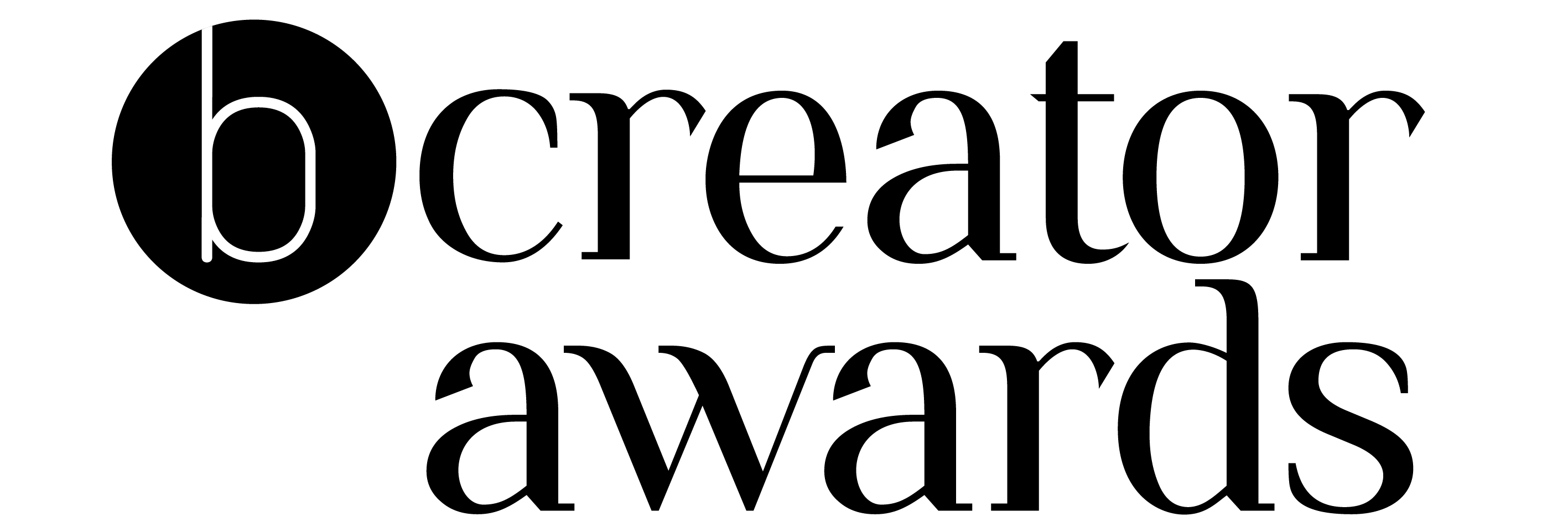The young British woman breaking stereotypes speaks to Alice Audley about her life as a hijabi blogger…
Photography: Alexandra Cameron / Beauty: Isabell Boettcher
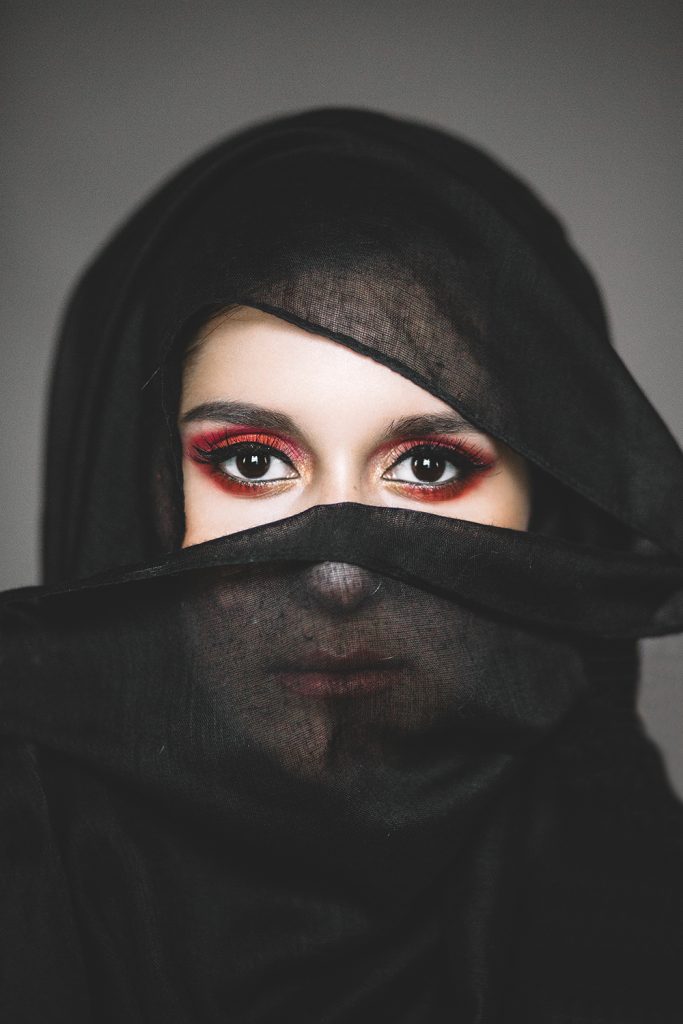
“Well, I’m not going to America anytime soon, or ever again it looks like,” hijabi blogger Dina Torkia – aka Dina Tokio – says frankly.
“It’s like history is repeating itself but this time, because of social media, the world can really see it happening. And even so, no-one can do anything about it. It’s scary.”
Dina and I have met the week after American President Donald Trump decided to sign an executive order halting immigrants from a variety of Muslim-majority countries from entering the United States.
“It’s horrible watching videos of all these people being stopped as they arrive in America and then being sent straight back. I mean, some of these people have been living in the US for 20 years. It’s just insane,” she continues.
“Trump and those who share the same stupid views are just so closed-minded.
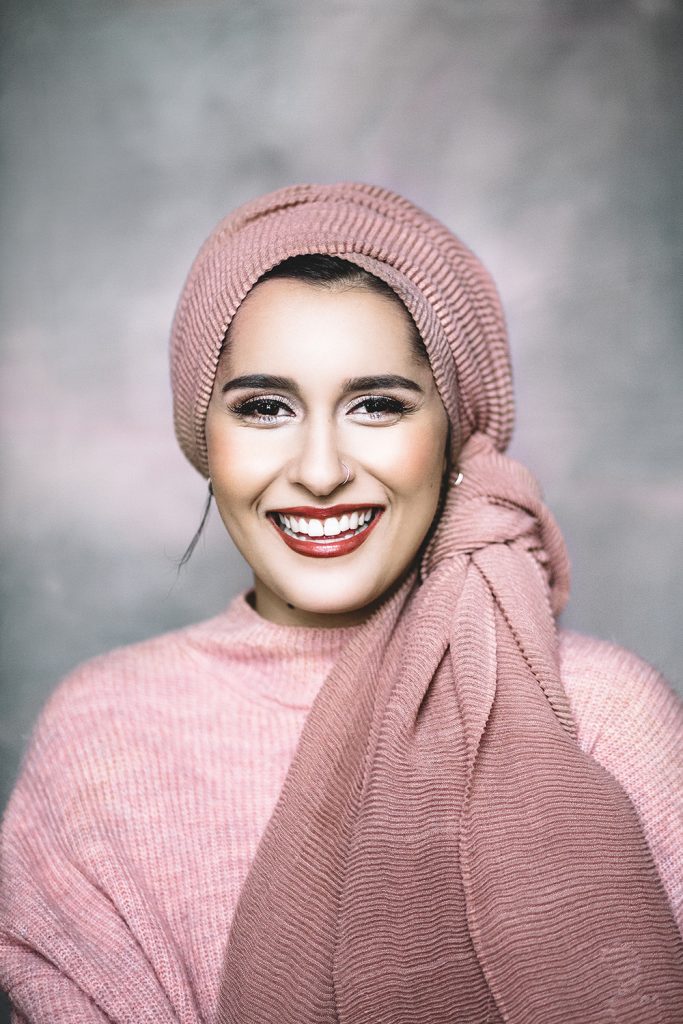
“The only difference is that they were born somewhere and these people they’re deporting were born somewhere else. Like, that’s the only difference – that you literally came out of your mother on a different piece of land.”
What’s been dubbed Trump’s #MuslimBan on social media has affected people from all over the globe and sparked protests, petitions and calls for the President to step down.
For Dina, whose social platforms are primarily rooted in fashion, the ban has been a catalyst to talking about politics a bit more on her channels.
“I used to have this mentality that I was a fashion blogger and that I didn’t need to use my voice to talk about politics. But it has got to the point now, where it’s not even about politics anymore – it’s about humanity and morals.”
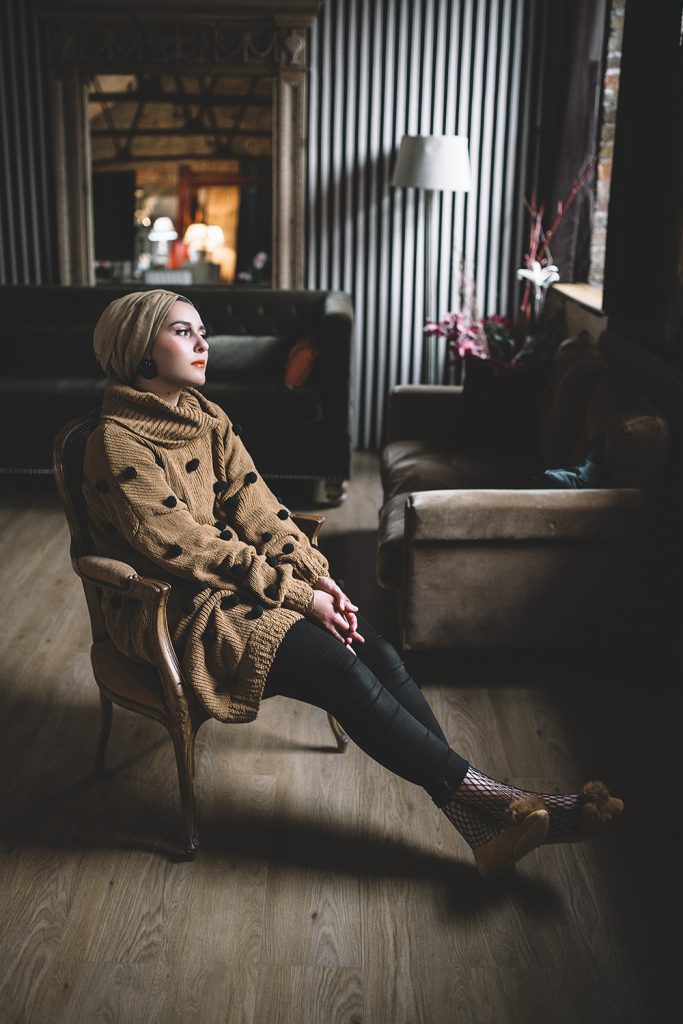
Dina’s voice is wide-reaching. The 27-year-old, who was born in Egypt but moved to the UK when she was seven, has more than 1,000,000 Instagram followers, 500,000 YouTube subscribers and a blog that on average receives over 200,000 hits a month. While she is not a political activist, she has been singled out by YouTube’s ‘Made For You’ campaign as someone to watch for ‘breaking stereotypes’. The catchphrase is accurate and indeed one of the reasons that Dina decided to take up social media in the first place.
“I wanted to get out there and show what being a young British female Muslim meant – because we’ve got the bants. Plus, I wanted to show that you can coincide faith with fashion and that there are Muslim women who actually represent that!”
Dina has definitely got ‘the bants’. Though she has the capacity to get serious, she is for the most-part light- hearted and jovial. She’s warm, funny and full of energy, which considering that she operates on an average of 4 hours’ sleep a night (she has a 16-month-old daughter) is all the more impressive. Indeed, her face remains fresh throughout our ten hour cover shoot – whilst the rest of the crew look progressively more haggard – and her deep brown eyes maintain their excited twinkle.
Dina’s main passion is designing clothes and experimenting with what’s known as ‘modest fashion’. It’s a world that was overlooked within the UK until the rise in social media, Dina explains, and 2017 is the first year that it has been properly acknowledged in the form of London Modest Fashion Week.
“It’s so exciting,” she says, “it’s great to feel included. I feel like brands are coming on board with diversity now and I think that it’s down to social media and how much talent there is out there.”
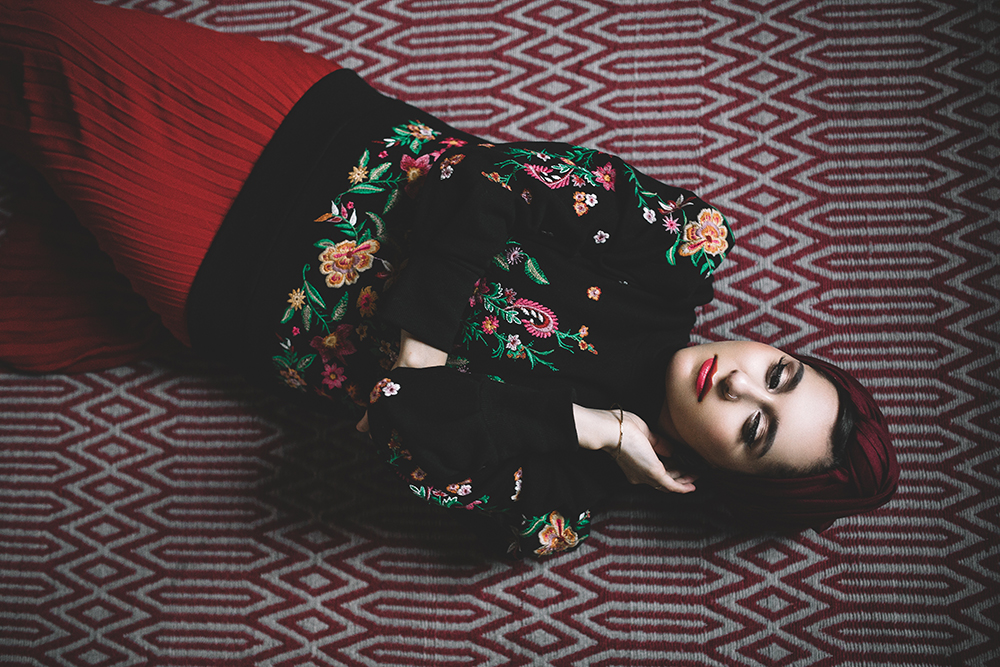
Muslim fashion, or hijab style, is still a source of contention and confusion for many, Dina explains, which is another reason why the Modest Fashion Week is such a milestone – as it can show Muslim women how many fashion options are available to them. And also, Dina says, highlight that the hijab style doesn’t just mean wearing a headscarf.
“The hijab is actually an arabic word that translates to mean either ‘barrier or partition’ – something that separates, like a room divider,” Dina explains.
“The hijab is not one thing. A lot of people, Muslims included, think that
it’s the scarf on your head and nothing else. But it’s actually not just the scarf – it’s the whole idea of modesty.
“And not just dressing modestly but also the way you behave in public and the way you hold yourself.
“Over the years people have used ‘the hijab’ as a way to describe the headscarf, which can be a little bit of a problem for me because if I’m wearing my headscarf in a quirky way some people will say – ‘oh, that’s not hijab’, but to me it’s literally just a headscarf and you have to look at the whole picture to be following the hijab or practicing it.
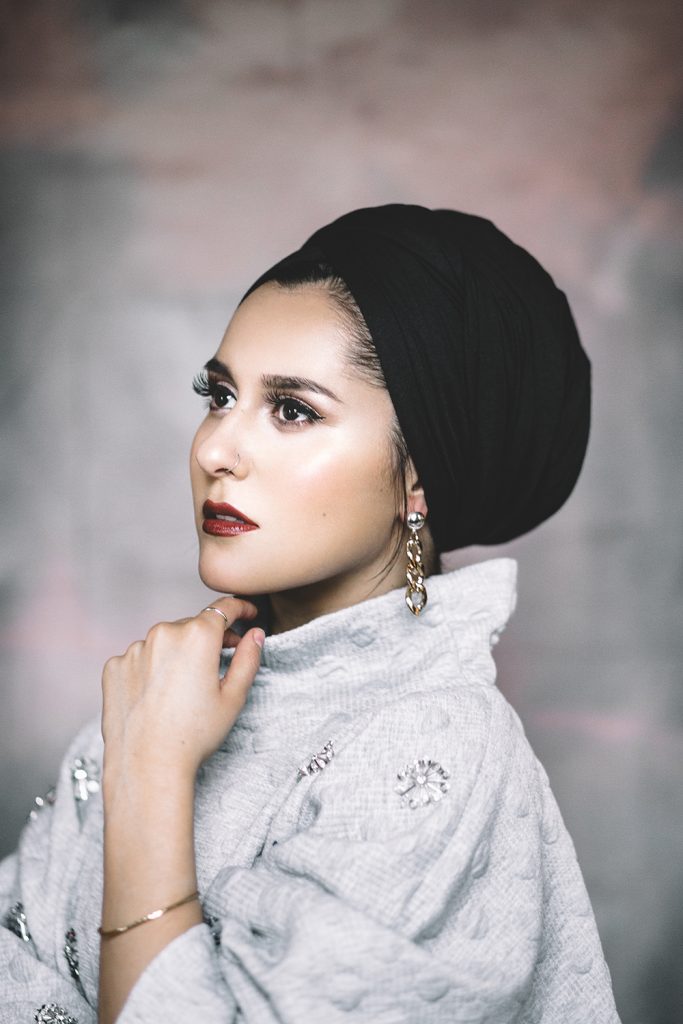
“There are some Muslim girls, for example, who choose not to put on the headscarf but are still adopting a modest lifestyle and outer appearance.”
It can be frustrating for Dina when people criticise her wardrobe – which incorporates western high street pieces – for supposedly not fitting into the hijab style. It’s this criticism, she explains, that is the main source of negativity she faces on her channels.
“Ugh, I’ve received loads of negativity online, most of it religion-focused,” she says.
“Other Muslims mainly, who think that what I’m doing isn’t right because the hijab style isn’t a fashion accessory.
“My argument to that is, ‘shut up, obviously it’s not a fashion statement because if it was then I would have worn it one day and then taken it off when it wasn’t in fashion anymore.’
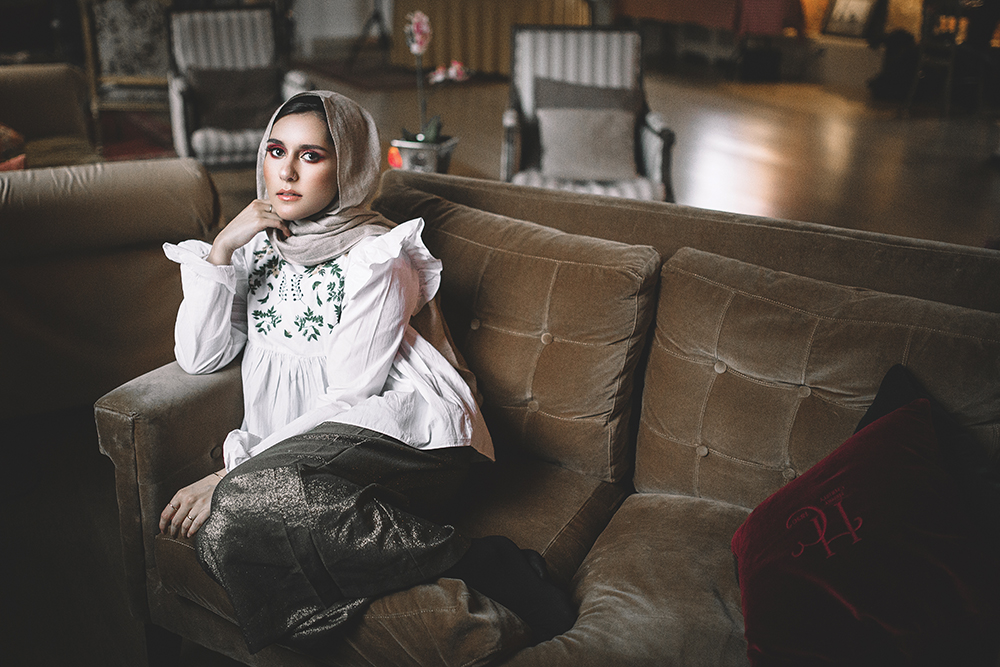
“I mean, I’ve been wearing the hijab for 15 flipping years – I’m just changing it up a bit so I don’t get bored.”
On the whole, negative comments don’t really get to Dina. “I actually find
it quite entertaining to get into bed at night and have a scroll through them and have a giggle,” she says.
However, negative comments about children is something which does affect her.
“The only thing I don’t tolerate is when it’s to do with kids or babies and it’s one of the reasons that I don’t put my kid on the internet – because there are some absolute arseholes out there who want to say horrible things about children,” she says.
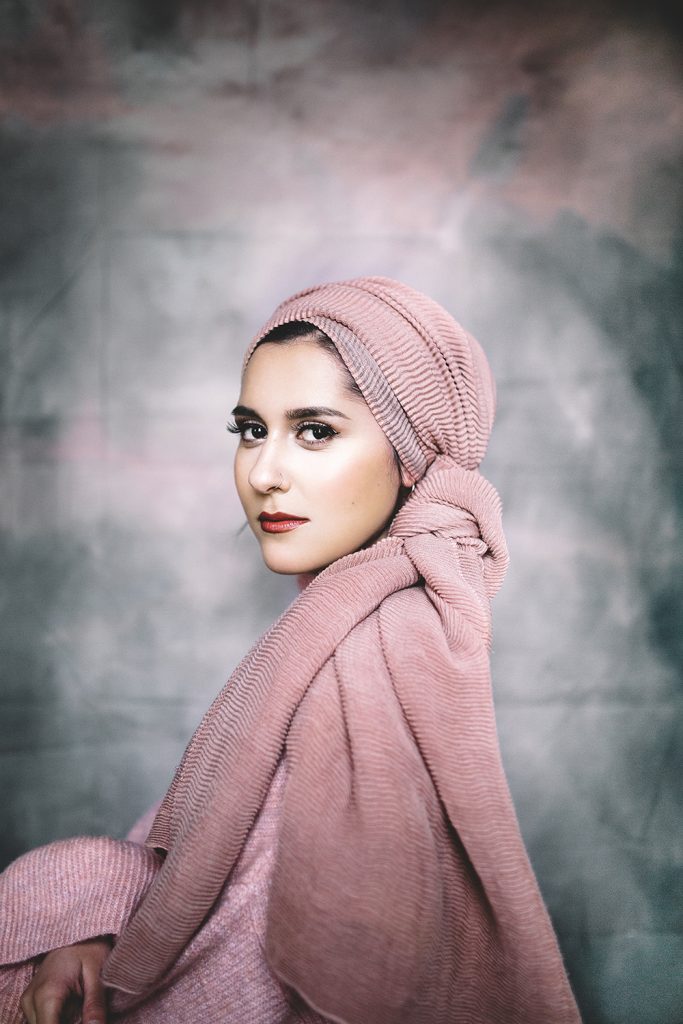
Dina’s decision not to put her daughter, Hana, on the internet was
one of the first things that she and her husband, Sid, discussed after she found out that she was pregnant.
“From the get-go, I was like ‘no way, not one picture is going online, if anyone wants to share a picture of even her hand or foot, we need to confirm it’,” she recalls.
“Everybody thinks I’m over-paranoid, but once you put a picture out, it’s there forever – you can never get it back and I’m sorry but there are paedophiles on the internet,” she explains.
“We might look at a picture of a cute baby with all of its cute little rolls and think that it’s sweet, but a paedo looks at that in a different way – and that’s why I wouldn’t even want to risk it. It gives me anxiety.
“It is a hard one, when you’re a lifestyle blogger, you’re blogging your life so naturally if you have a baby you’re going to share that,” she says.
“I don’t have anything against anyone who wants to do that, I just wish that people would respect the idea of why we don’t want to and not just boil it down to paranoia – because this stuff happens!”
While the majority of negativity Dina faces online is from fellow Muslims about her fashion choices, in recent years she has noticed a difference to how she is treated on the streets in real life by non-Muslims.
“In the last 2-3 years, I’ve become much more aware of the stares,” she says. “You know, before I used to wear much more traditional, full-coverage scarf styles – like some of the ones we’ve shot today – and I’d only do the turban styles on a special occasion. Now, it’s the opposite and it’s because I don’t want to have those funny stares.
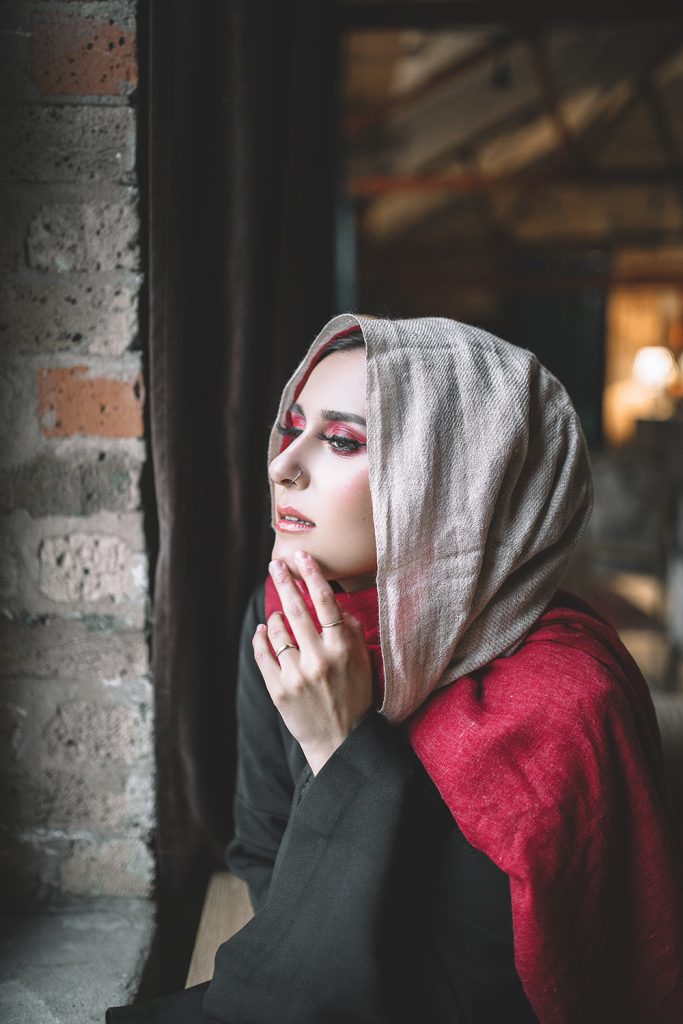
“I used to be really confident wearing my scarf in a more traditional way, but now I don’t really want to draw attention to myself as a Muslim woman. I don’t know if I’ve put it in my head, but I just notice people looking more…”
Statistically speaking, it’s not something that’s a figment of Dina’s imagination. Last year, anti-Muslim hate monitoring group Tell MAMA reported a 326 per cent rise in islamophobic incidents in the UK from 2014 – 2015. And, after Trump’s recent divisive actions (which though they originate in the US are affecting the world), this is – according to experts – only expected to increase.
“It’s frightening,” Dina says. “There’s so much anger. You know, whatever your faith, we’re all human beings at the end of the day.
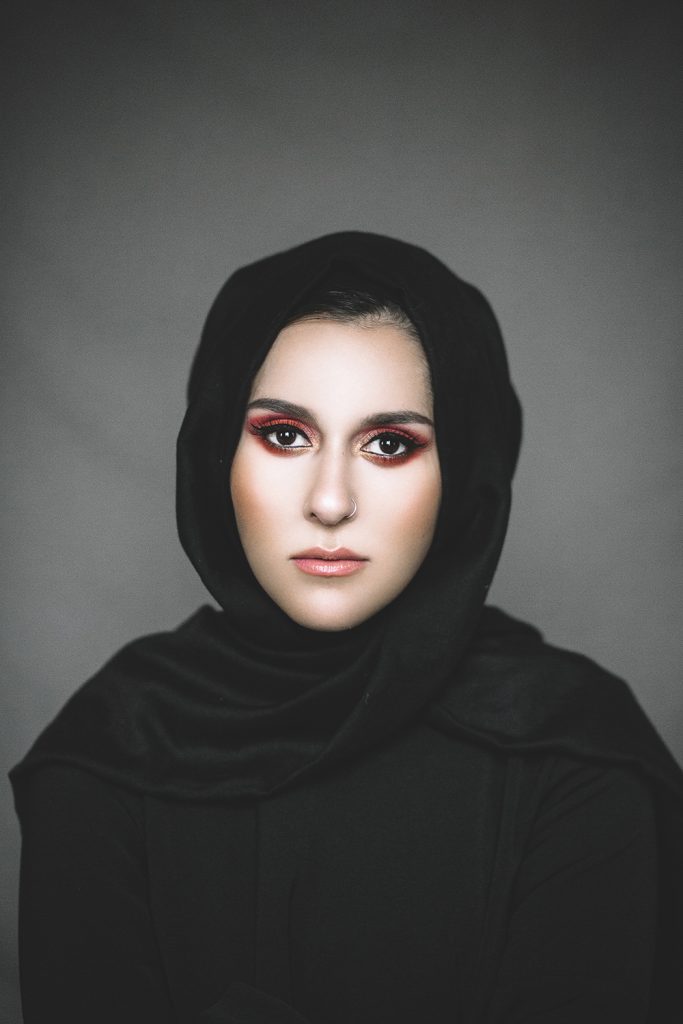
“I know that in the UK there are now teachers being asked to look at primary school children for signs of extremism. There was this news story about a family being investigated because their 4-year-old kid had drawn something that looked like a bomb in art class – and actually when they asked the kid what it was it he explained it was a cucumber. It’s ridiculous, honestly.
“And in terms of America, well, me and my husband went there about two and a half years ago, and when we were there we had to catch four flights in total. And every single time we had to get onto the next plane, he was singled out for a full on check. They’d take him somewhere else into another room and everything.
“That was then – now, well we know what it’s like…
“I mean, I don’t think America is backwards, I think the government is.
“These people need to go travelling. That’s what I’d say to them – ‘take a year out and travel the world and when you come back tell me that you have the same views!’”
